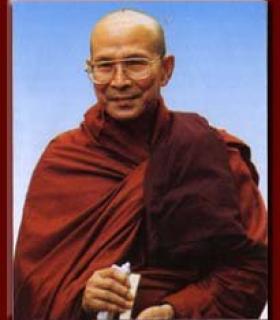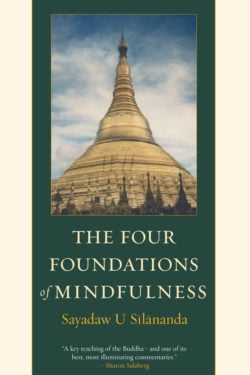U Silananda

U Silananda was a Burmese Buddhist monk and scholar of vipassana meditation. He was the spiritual advisor of the Theravada Buddhist Society of America, which has a large center in Half Moon Bay, California, as well as the spiritual director of centers in Berkeley, San Jose, and Florida. Teaching in both English and Burmese, he was deeply loved for the depth of his knowledge and for the clarity of his teachings.
Books, Courses & Podcasts
The Four Foundations of Mindfulness
An absolute essential of Buddhist thought and practice.
In addition to practitioners of Insight meditation, those who engage in other meditation forms such as dzogchen, mahamudra, and zazen will find that The Four Foundation of Mindfulness provides new means of understanding how to approach and deepen their own practices.
The entire Great Discourse is included here, coupled with a beautifully clear commentary from the great scholar-yogi, Venerable U Sīlānanda.

